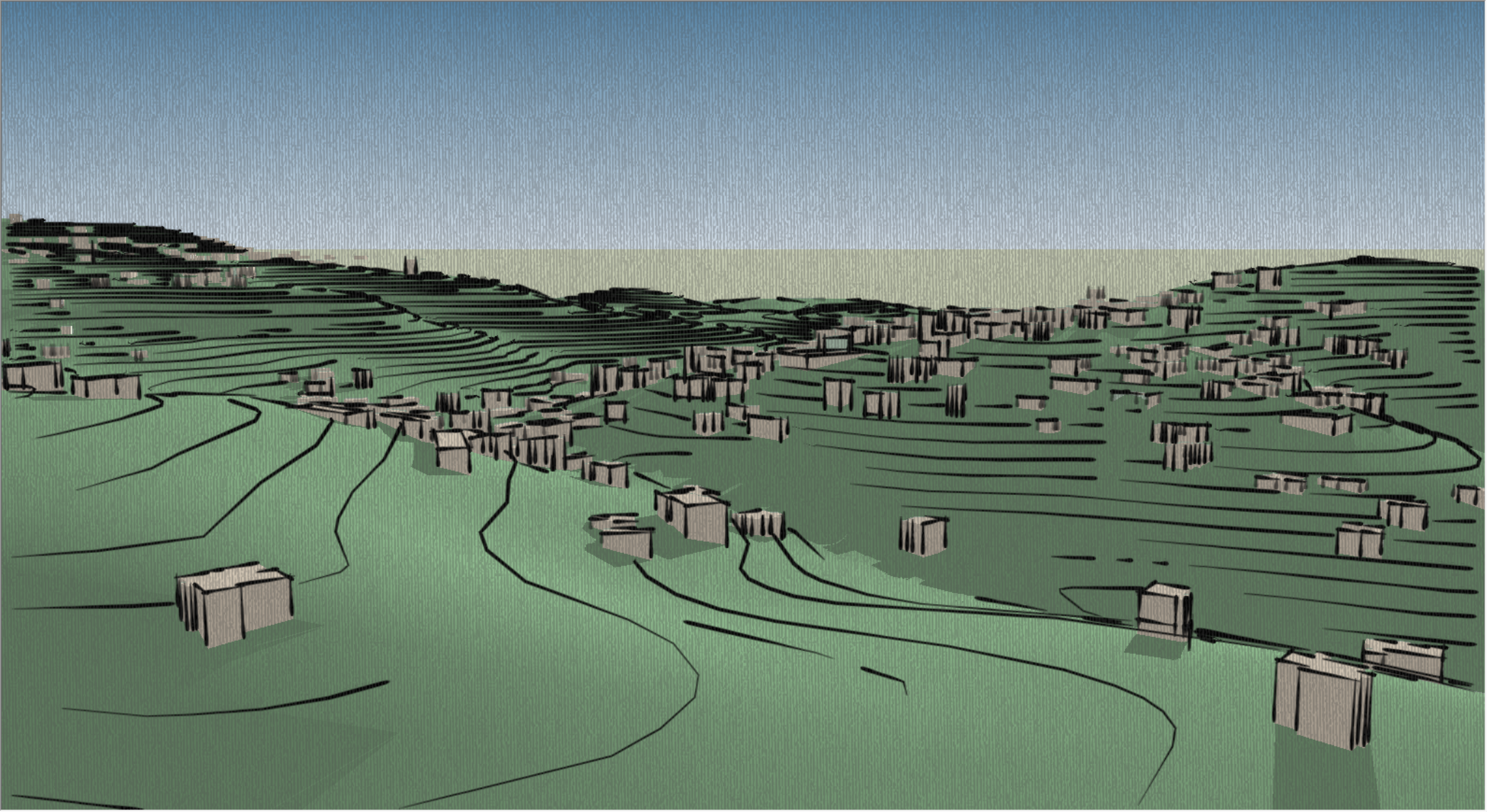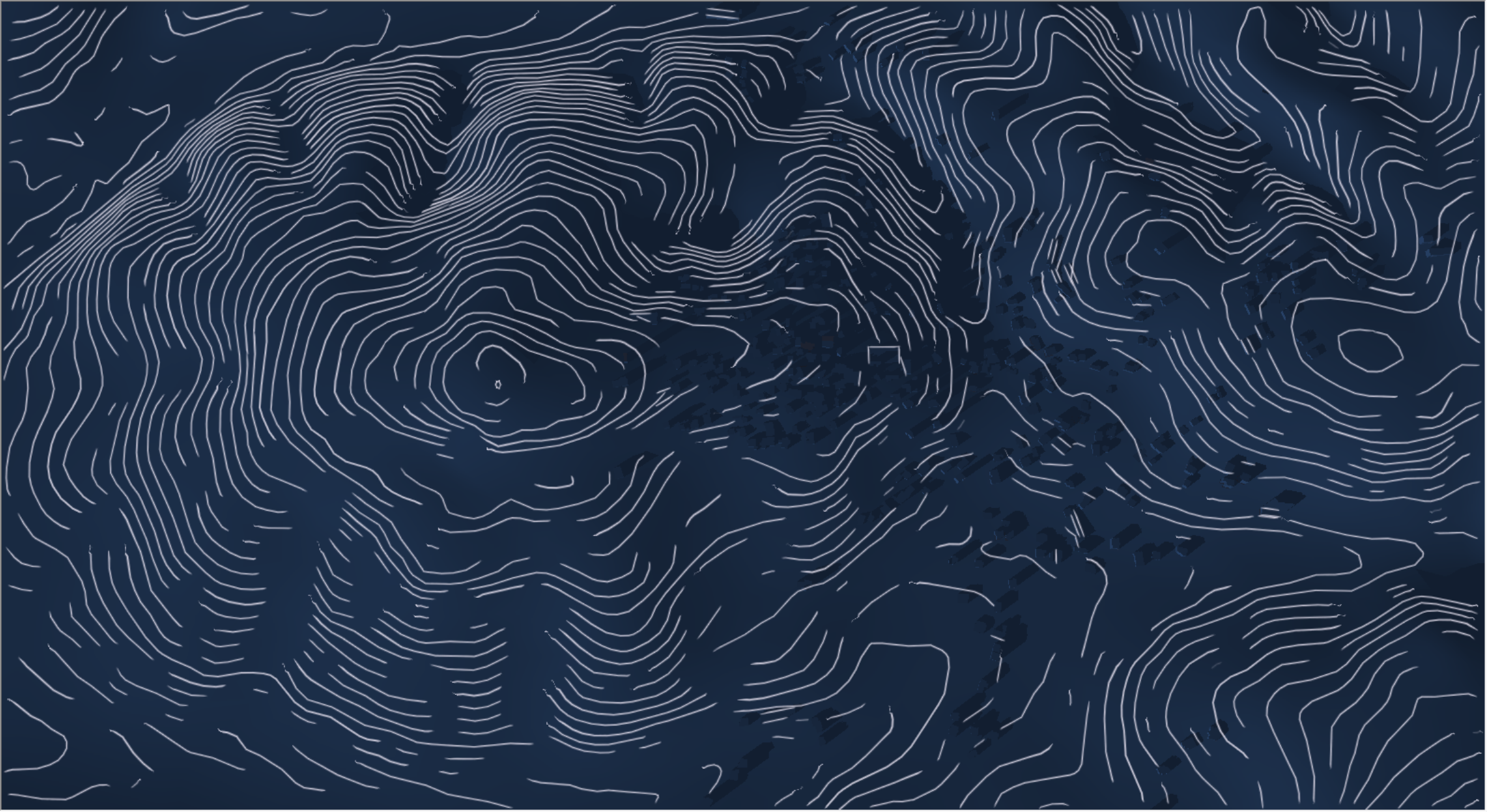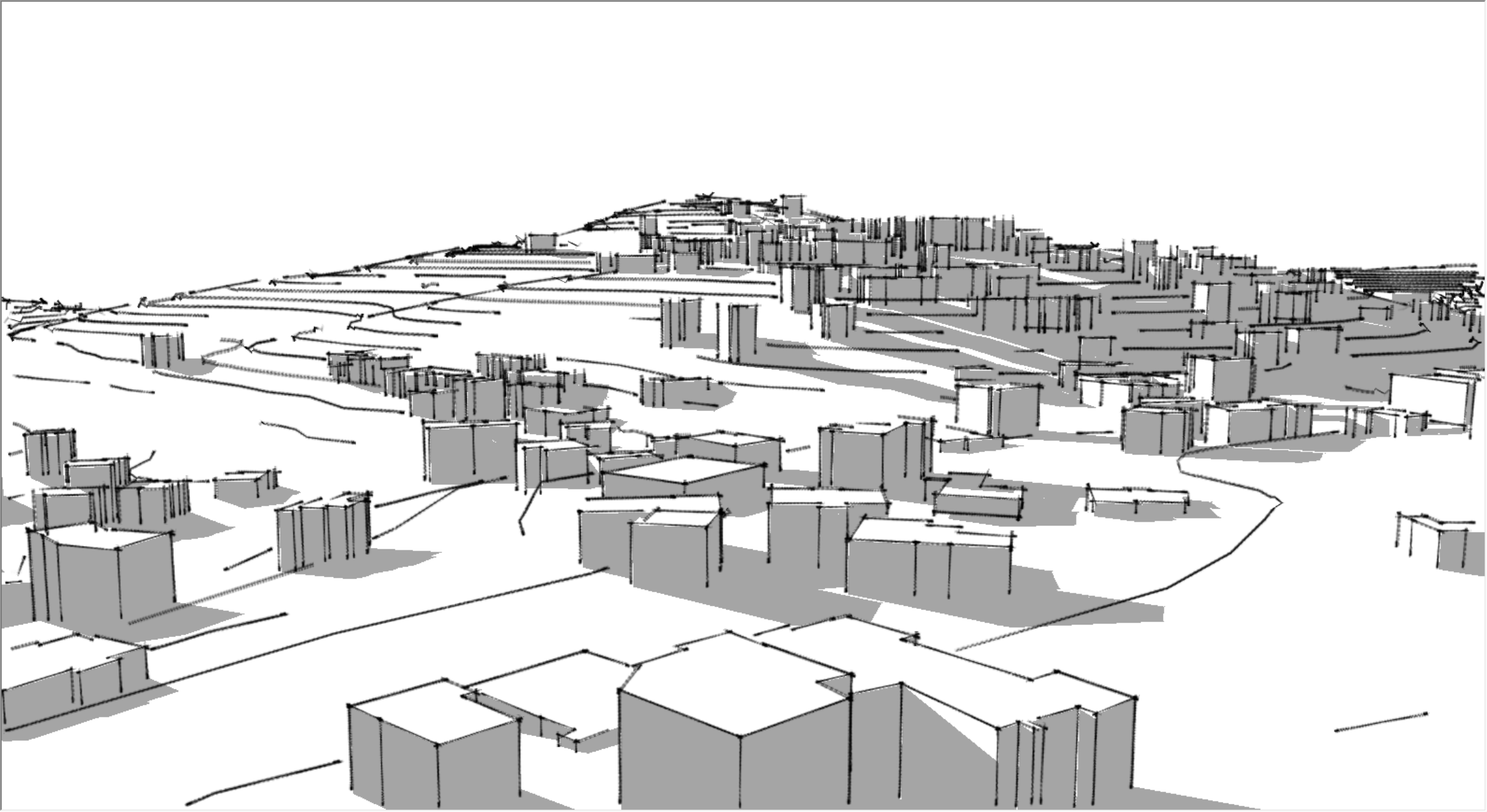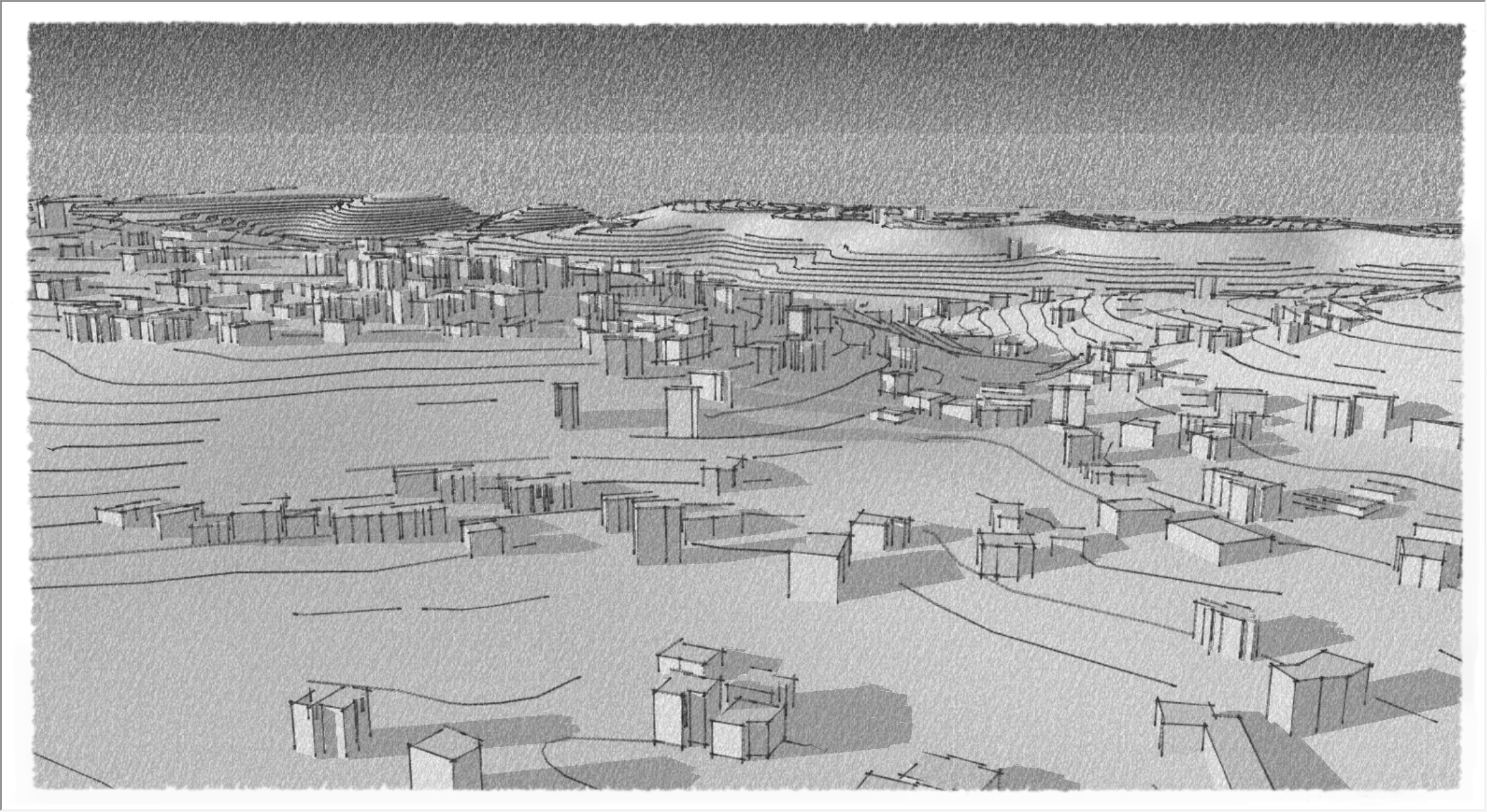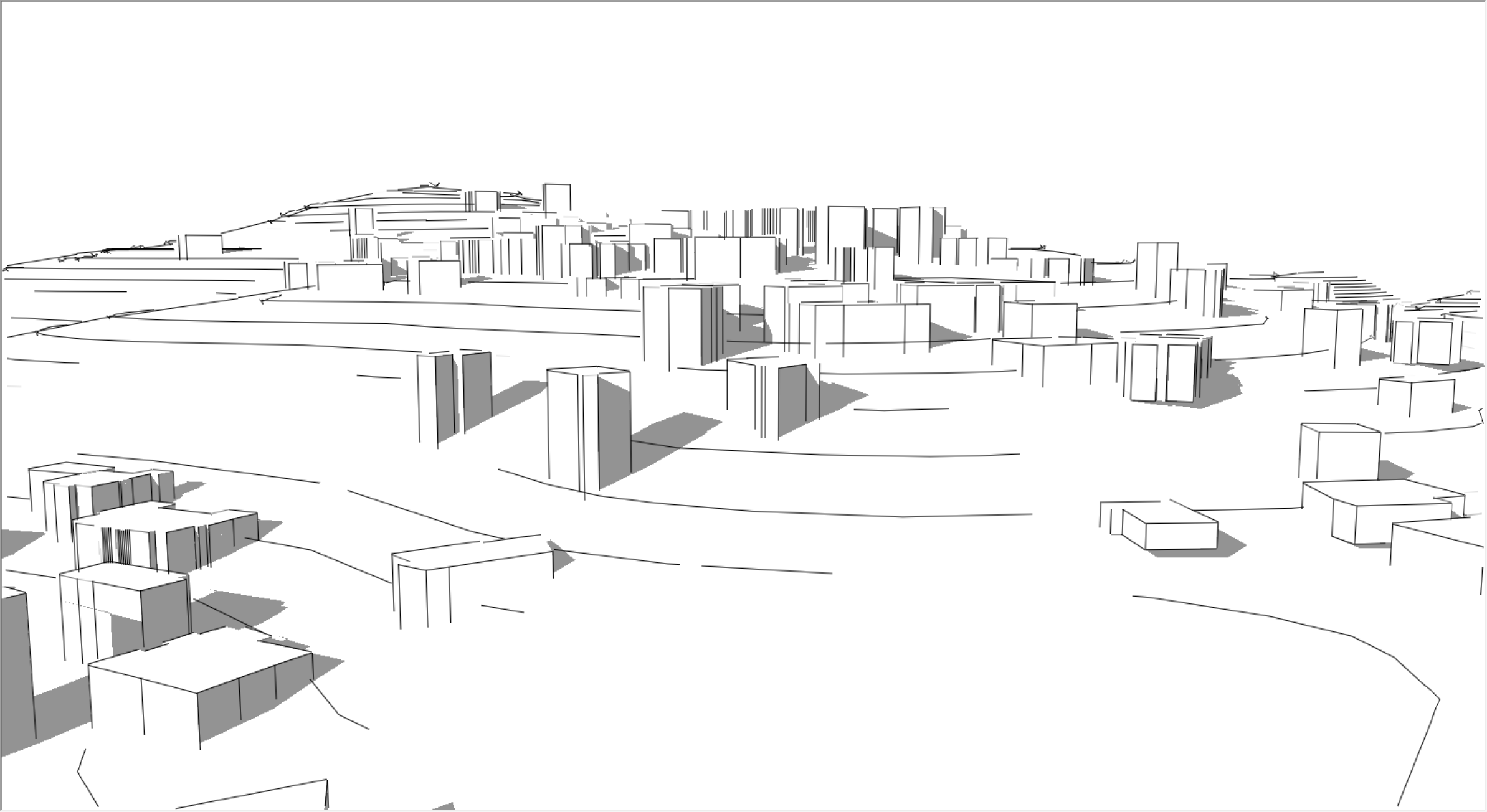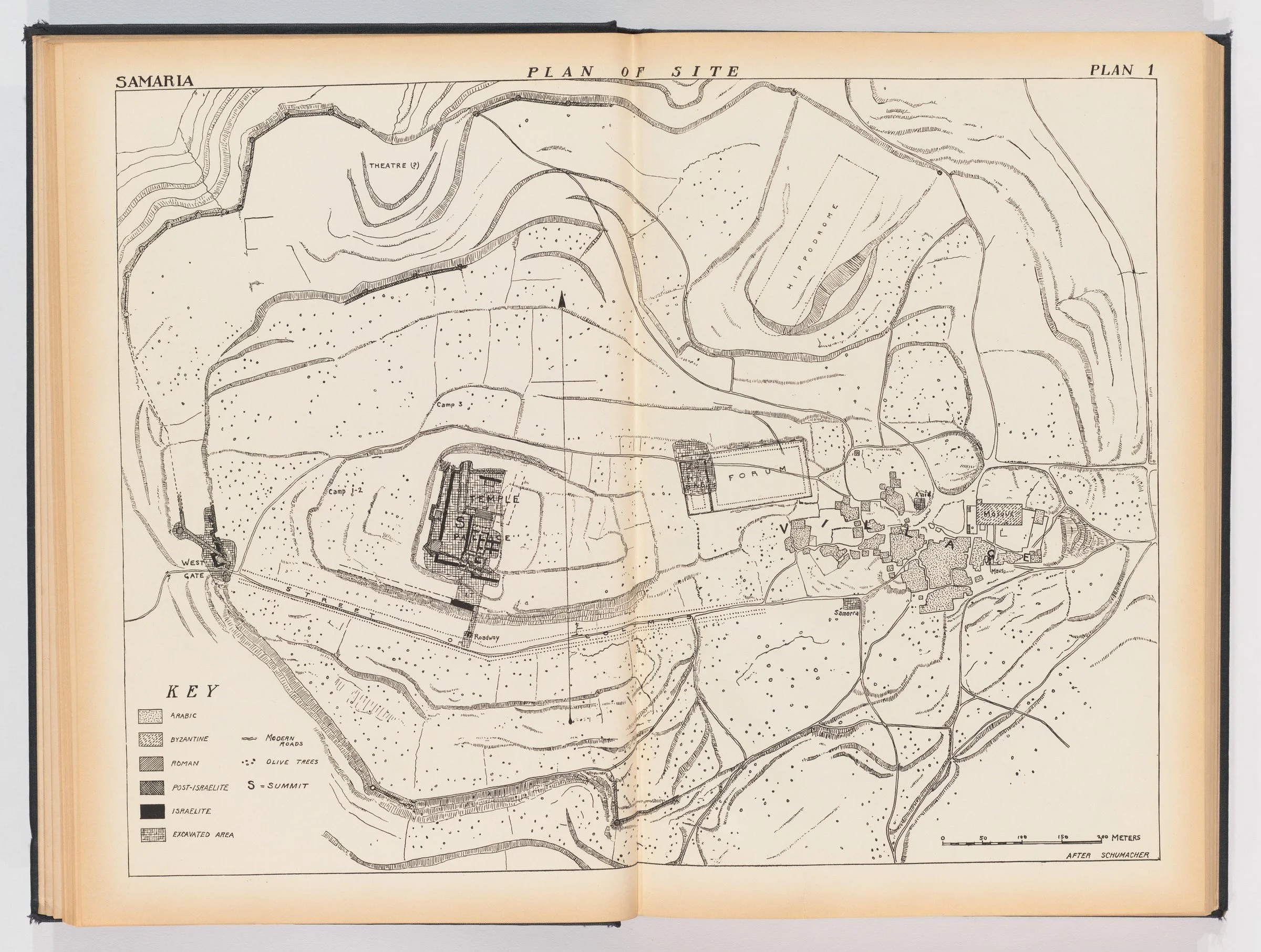Qiuyuan Gao
Heritage building · Family Land · compensation · renovate · roof
What changes did the historical excavation bring to the land and buildings?
Beginning in 1908, Sabastiya underwent several historical excavations, gradually revealing the hidden historical treasures of the village.
This study focus on Land use change, and local residential architecture to explore what changes did the historical excavation bring to the land and buildings in Sabastiya.
Harvard Excavations
at Samaria
1908-1910
Reports of
the Harvard Excavations at Samaria, 1908-1910
In 1908-1910, Harvard University went deep into sabastiya, and made plans to rebuild the village.The land is nourished by a long history, with olives, figs, grapes, grains and vegetables bringing the ancient village to life.



The excavation revealed the ruins of a Greco-Roman city with all its facilities, as it revealed streets, squares, columns, towers, a cathedral, temple of Zeus, amphi theater and other public facilities.
In the comments on Sabastiya's website, churches, temples, tombs and other buildings are mentioned many times, and locals are proud of them. The local tourism, handicraft and economy have all developed.
Land use change
In The Harvard Samaria Excavation Book No. I, details are given about compensation for excavations during the survey.
The exact location of the land corresponds to the number of the harvard map published in 1910.
1910-from Harvard university
1955-Israel goverment
The Harvard map published in 1910 showed that most of the land was planted with olive trees and orchards.
In the 1997 Riwaq Center survey, more houses were built and less acres planted.
local residential architecture
Sabastiy Plan 2015
A 1997 site survey by the Riwaq Centre recorded a total of 183 ancient buildings, most of them in the form of interconnected buildings concentrated in the roots of the present town, with 59 separate buildings
The formation of single-storey buildings was dominant, 118 single-storey buildings were found, but a relatively high number of two-storey buildings were noted here (63 buildings accounted for 34.43%). A total of 133 storeys were still in use, while 44 were abandoned and 114 buildings were found to be in good condition. The number of buildings in poor structural condition is 45, and five buildings are unusable.
From the shape of the roof inside the building, flat roof is the main feature, a total of 119 flat roof; Among them, 29 are iron domes, 62 are cross nodes, two are in the form of two domes, and a few are half barrel nodes.
As for the exterior surface, the shape of 143 buildings' surface is distributed in the first plane shape, 19 are spherical surface and 15 are oblate surface
Architectural changes: From 1908 to 2021, three changes were recorded, 1908,1997, 2021
Building growth in different years

